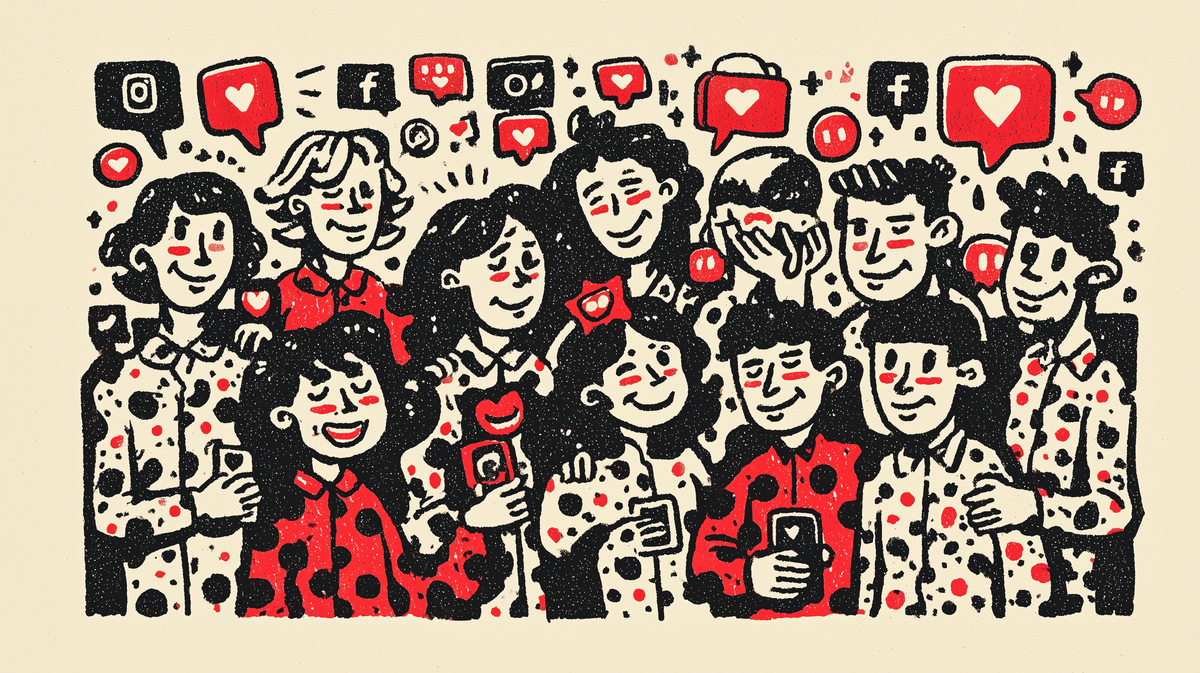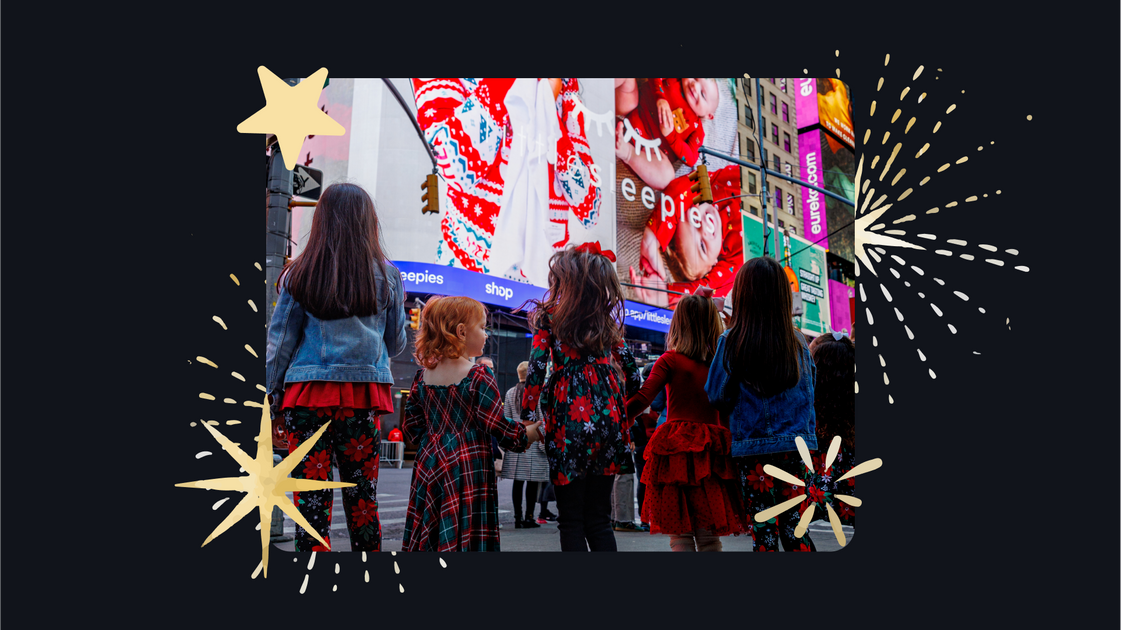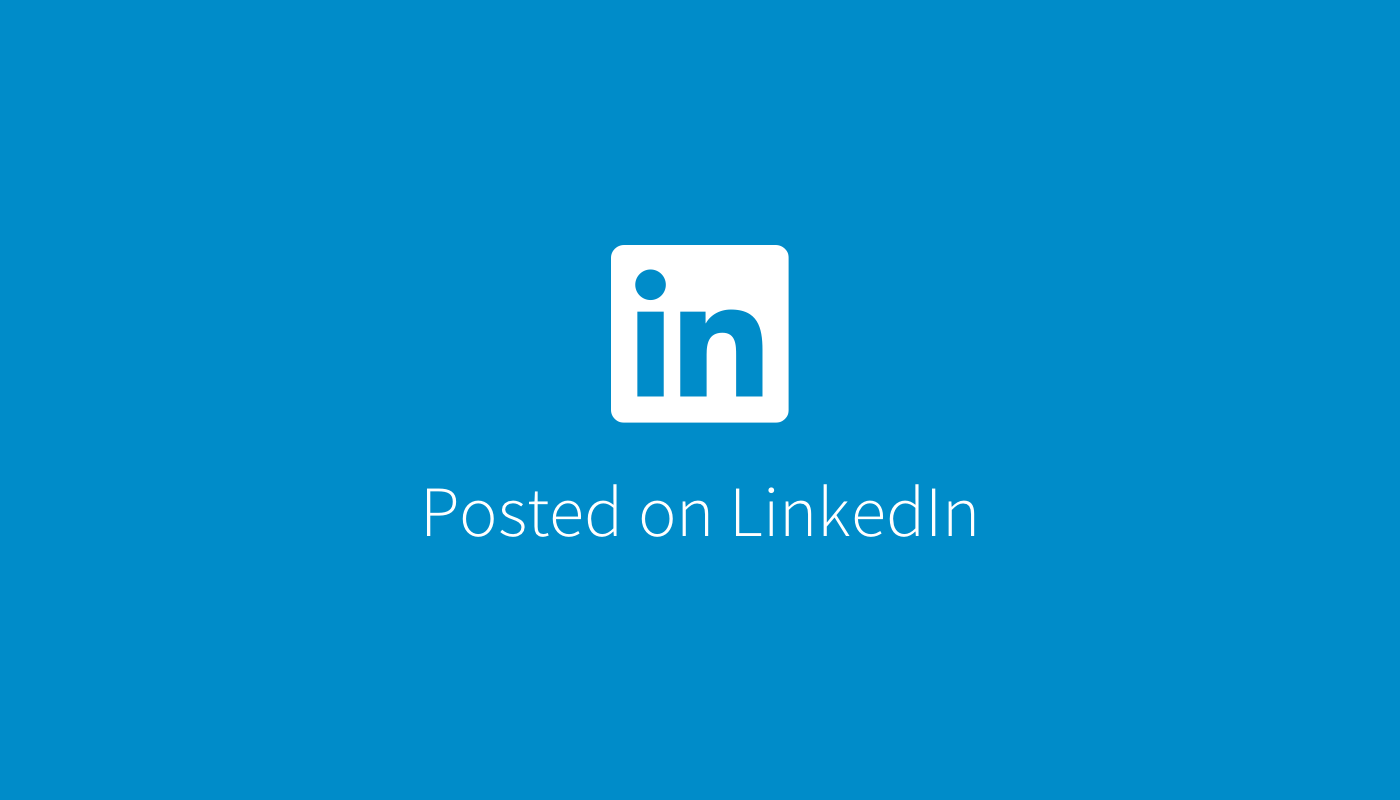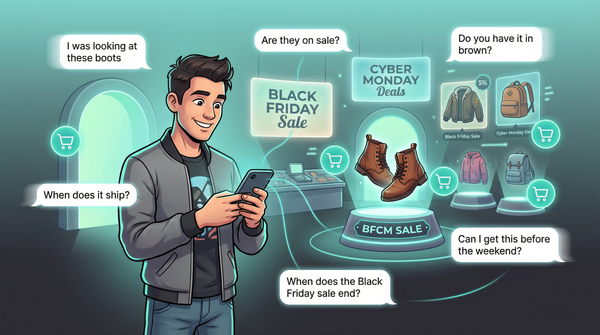Community at the Core: How Little Sleepies Turned Fans into a $100M DTC Juggernaut

When we talk growth in the DTC space, the conversation usually swivels straight to paid ads. Yet, Little Sleepies—the bamboo pajamas brand that Maradith Frenkel started in her garage back in 2017—went against the grain. Instead of diving headfirst into Facebook ad spends and influencer campaigns, Frenkel zeroed in on cultivating a fiercely loyal community from the get-go.
“It’s really a testament to the power of the mom community... I started this company out of my garage... with an unwavering faith in our product,”
Frenkel shared with ADVFN, emphasizing that community was the secret sauce that propelled Little Sleepies to become America’s fastest-growing retail brand with minimal ad spend (ADVFN).
From Pajama Pain Point to Shopify Powerhouse
Little Sleepies’ journey began with a classic founder-market fit. Frustrated by scratchy, eczema-irritating pajamas for her son, Frenkel designed ultra-soft, hypoallergenic bamboo Zippies with parent-friendly features. This was a product that addressed a genuine problem, and parents noticed—48% of buyers became repeat customers (TKTK), a retention figure that would make any DTC operator envious.
But the real catalyst was community. Parents took to social platforms to share photos, reviews, and tips, with celebrity moms like Chrissy Teigen and Kim Kardashian joining the conversation organically (TKTK). This grassroots momentum sparked a word-of-mouth engine that drove viral growth before Little Sleepies even considered major ad spends.
The Million-Dollar Drop—and a 6,354% Growth Streak
The turning point came in 2020 with a limited-edition birthday pajama release that sold out in mere seconds, netting $1 million in revenue in just one minute (TKTK). From revenues under $1 million in 2018, the brand skyrocketed to "tens of millions" by 2021 (TKTK). Little Sleepies landed at #74 on the 2023 Inc. 5000 list, boasting a jaw-dropping 6,354% three-year revenue growth—making it the #1 fastest-growing retail brand in the nation (ADVFN). This momentum even attracted significant private equity interest, valuing the brand near $100 million (TKTK).
Meet the “LS Fam”: 400,000 Fans and Counting
For Little Sleepies, community isn’t just a buzzword—it’s their core strategy. The Little Sleepies VIP Facebook Group has swelled to over 400,000 members (Little Sleepies Blog), with parents sharing photos, trading rare prints, and eagerly anticipating each new drop. On Instagram, they boast over 500K followers, a wellspring for user-generated content (Little Sleepies Blog).

Strategic scarcity fuels this excitement: limited releases and “sneak peek” Thursdays create urgency (TKTK). The result? A collector’s market where fans treat each pajama drop like a Black Friday event.
But it’s not all hype. Little Sleepies listens to their community. Feedback has spurred family matching sets and high-profile collaborations with Sesame Street and Bluey (Little Sleepies Blog, Little Sleepies Blog).
“Community is something that’s always been a core value,”
says Lindsay McClelland, VP of Brand Marketing, who proudly highlights real families in campaigns and orchestrated a Times Square fan meetup (LinkedIn).

The Metrics: Direct Traffic, High Conversion, and Organic Growth
Let’s talk numbers: 1.8 million monthly website visits, with over half coming directly (not from ads), a 3.5–4.0% site conversion rate, and $4.1 million in monthly online sales (TKTK). Their 588K Instagram followers form a thriving content community that regularly shares using #ShareYourSleepies (TKTK). This is marketing gold—genuine and ad-free.
Minimal Ad Spend—Until the Brand Was Unstoppable
Here’s a twist: Little Sleepies only partnered with a creative agency in late 2024 for a TV spot (Shots). By this time, they’d already hit eight-figure revenues and gained national recognition—proving that community and customer experience can turbocharge a DTC brand faster and more sustainably than a barrage of paid media. While they maintained basic email/SMS flows and gated launches (Deal Town), it was the “happy customers → word-of-mouth → new customers” cycle that fueled their ascent.
The Operator’s Playbook: Lessons for DTC Founders
So, what can we learn from Little Sleepies? First, nail the product-market fit. Solve a real problem, and customers will champion your cause. Second, foster genuine communication. Frenkel was personally active in the Facebook group, engaging with posts and thanking buyers. This level of human touch is where smaller brands can outshine larger, impersonal competitors.
VIP groups, loyalty programs, and UGC-friendly communities deepen emotional loyalty and surface real product insights. And don’t overlook “drop culture”: limited releases and exclusive collaborations keep your core audience engaged and newcomers intrigued.
What to Avoid: Even the Fastest-Growing Brands Slip Up
Little Sleepies proves how powerful community can be — but even breakout DTC brands make mistakes along the way. As Jimmy Kim (Source, X) pointed out, one of their biggest missteps came not from product design or community enthusiasm, but from how they communicated during launches.
When every email screams "BUY NOW," you risk becoming background noise.
— Jimmy Kim (@yojimmykim) August 6, 2025
Little Sleepies knows how to create hype.
But they made a classic mistake.
Here's what happened:
- They sent 5 product launch emails back-to-back.
- Zero educational content between drops.
- Zero community…
“They sent 5 product launch emails back-to-back. Zero educational content between drops. Zero community building. The drops were cute. The branding was solid. But when every email screams ‘BUY NOW,’ you risk becoming background noise.”
The lesson here is clear:
- Balance launch hype with value — product announcements work best when they’re supported by educational or lifestyle content.
- Keep community engagement alive between drops — nurture conversation, not just conversion.
- Avoid “always selling” mode — customers tune out if every touchpoint is transactional.
Even a brand as beloved as Little Sleepies can slip into over-relying on product drops. For other DTC founders, this serves as a reminder that growth isn’t just about how loud you can shout “buy now,” but how well you can sustain relationships in the quiet moments between launches.
What They Got Right: Turning Community Into a Moat
At the same time, Little Sleepies has mastered what most brands only dream of — building a community so engaged that every product release feels like an event. Their 400K-member VIP Facebook group has become a hub for trading rare prints, swapping parenting tips, and celebrating milestones. Instagram is filled with user-generated content tagged #ShareYourSleepies, while celebrity parents share the brand organically.
This isn’t surface-level engagement. It’s a flywheel: community drives word-of-mouth, word-of-mouth fuels repeat purchases, and repeat purchases strengthen loyalty. By spotlighting real families in campaigns and even organizing a Times Square fan meetup, Little Sleepies turned their community into both a growth engine and a protective moat.
The big takeaway? Mistakes happen. But when you’ve invested in community as deeply as Little Sleepies has, even a few missteps don’t derail the movement.
Community Compounds—Here’s Proof
Community doesn’t deliver instant ROAS, but it builds brand equity that compounds over time. Fans will support you during PR crises, endure price increases, and promote your brand for free. As McClelland states:
“A successful ad isn’t just about the sale; it’s about the relationship you build with your audience… Focus on building a real connection. People want to feel meaning and connection.” (LinkedIn)
Little Sleepies didn’t just build a customer base; it sparked a movement. Its “fam” of devoted parents transformed a niche product into a growth powerhouse that outperformed even the loudest ad campaigns. For DTC founders, the lesson is clear: perfect your product, nurture your community, and your fans will help build your brand.
Subscribe for weekly DTC insights.






